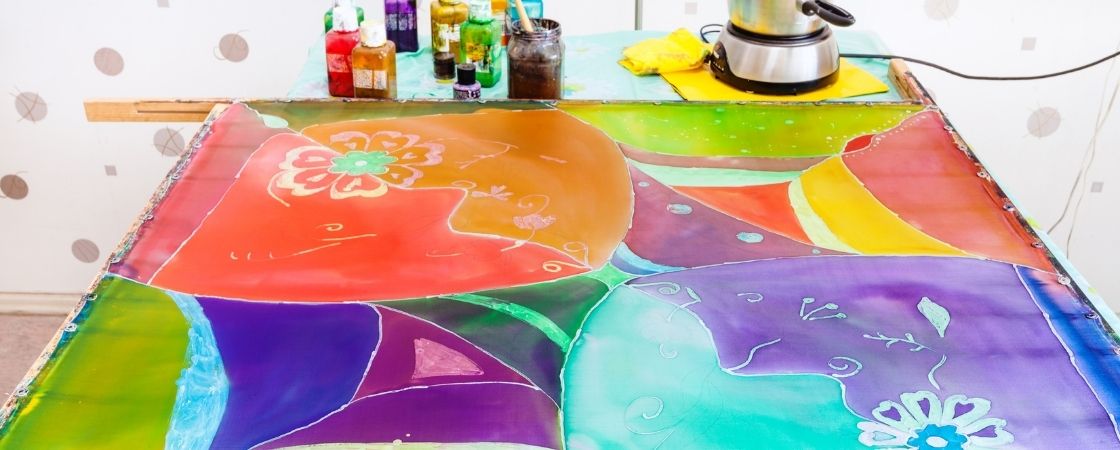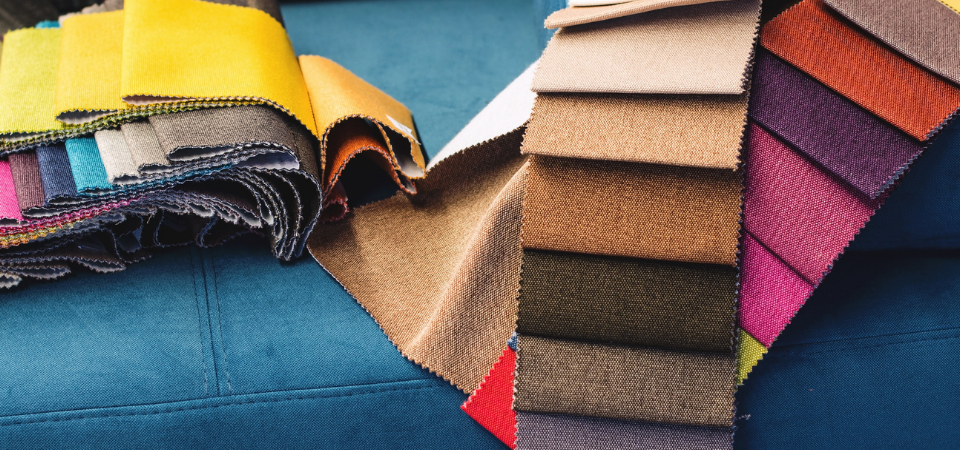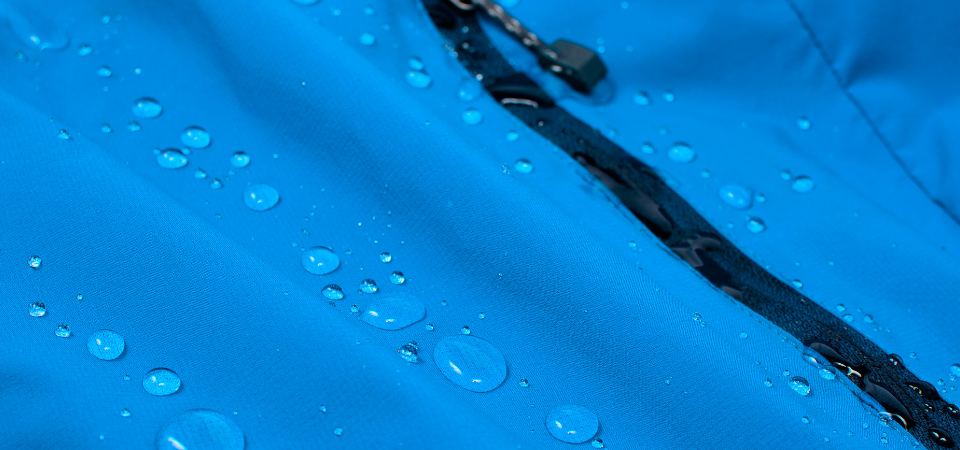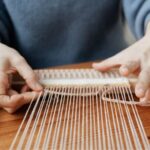
An In-Depth Look at Fabric Weaving Looms in Textiles
November 30, 2023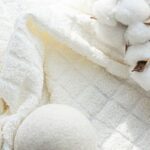
Shining a Light on Mercerized Cotton: Benefits, Uses, and Care
December 5, 2023Fabric dyeing is a process that comes from the past to the present and is performed with different techniques and is one of the essentials of industrial production. Nowadays, it is also done as a hobby and art in houses. Patterns given to the fabric with colors are also considered a reflection of art for most people. In order to do this activity, which gives great and colorful results, it is necessary to know the fabrics and know about the appropriate dyes to be used. The best way to get to know fabrics and how to dye in industrial production is to visit a fabric factory. In this article, we have included the tips for fabrics, usage areas, types of dyes and dyeing guidelines to make fabric dyeing.
Table of Contents
ToggleDefinition and History of Fabric Dyeing
Dyeing of textile products lasts up to 2600 years before the common era and plant and animal-based dyes are used. Nowadays this process is still continuing and can be done in a wide variety of ways by using synthetic and other dyes with the development of technology. Fabric dyeing is basically the process of transferring various colors on a fabric. Depending on the type of fabric and the dye used, how the dyeing process is done can vary. Fabric dyeing is widely done from past to present and is also described as an art today. It has applications such as reflecting unique patterns to the fabric with different dyeing techniques or obtaining interesting looks through special colors and is often used in the textile industry.
Types of Fabric Dyes
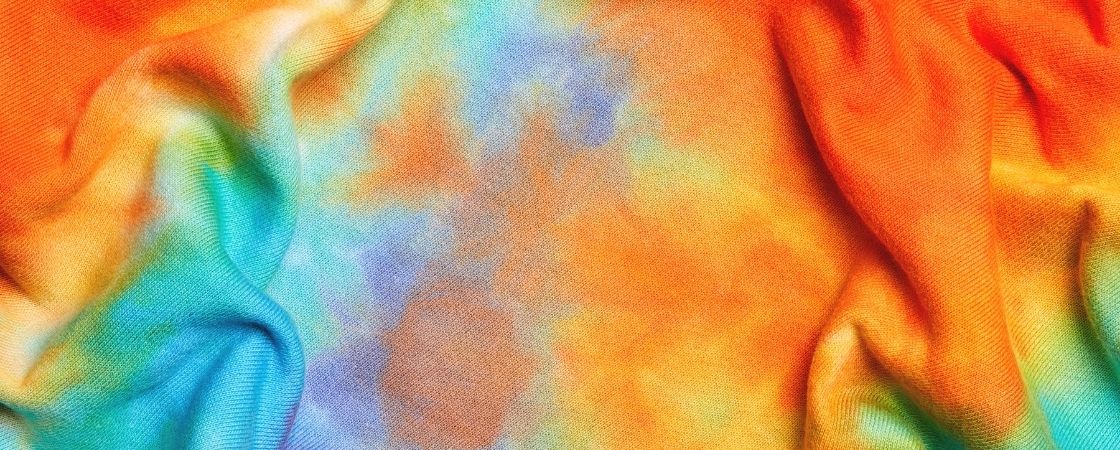
Fabric dyes are grouped in 3 different ways: Natural, synthetic and specialty. The source, area of use and characteristics of each differ. The characteristics of these 3 different types of fabric dyes are summarized below.
Natural Dyes: Sources and Application
Natural dyes are dyes obtained from sources that exist in nature without the use of any chemicals. These resources are made up of plants, animals, and minerals. Many elements in nature can be used to obtain dye. For example the roots, leaves, flowers or shells of dried fruits are plan-based sources that can be preferred for dyeing. It is also possible to obtain dye from different sources like bugs and these fall into the category of animal-based dyes. Minerals-derived dyes are usually produced from minerals found in soil. These dyes are preferred in the dyeing phase of all kinds of textile products. Natural dyes like these can be deformed over time because of their natural origin and lose their stability, so they are less resistant than synthetics. Nevertheless, they are eco-friendly as they are produced without the use of any chemicals and are an ideal choice for fabric dyeing in sustainable fashion.
Synthetic Dyes: Development and Usage
Synthetic dyes are produced in laboratories through chemicals, as opposed to natural dyes. These dyes have an important role especially in the industrial production process because it not only accelerates the dyeing process but also increases its durability. Since it is produced in the laboratory, it has a wide range of color scales and is more durable than natural dyes. With the help of this aspect, it is often a preferred type of dye in fast fashion and is used for fabric dyeing in a wide variety usage area, from home textile to automotive industry.
Specialty Dyes: Features and Purposes
Specialty dyes are dyes produced for a specific purpose and are preferred mostly for personal designs. For example, dyes that have high resistance to UV rays, are stain-resistant and have high water-repellent properties or that are resistant to heat are under the category of specialty dyes. For certain industrial applications, this type of dyes are preferred for fabric dyeing. For example, these dyes are used for fireproof clothing for firemen or textiles that will be exposed to the sun continuously.
The 5-Step Guide to Fabric Dyeing
Fabric dyeing is a very easy process especially when the instructions are followed and it is possible to be done even at home. The 5-step guidelines you can follow for this are as follows.
1. Prepping for Perfection: Setting Up Your Dyeing Station
The first step you can do while doing fabric dyeing is setting up where you dye your clothes. For this, you need to create a suitable area that you can use in the dyeing process, because there is a high probability that the dye will splash around during dyeing. In addition, it is also recommended to set protective clothes as an apron for yourself or old clothes that you can wear during this process. It is also recommended to check that the necessary equipment for and the dyes are ready. The last step of setting up your dyeing station is to make sure the fabric is clean and suitable for dyeing. If you have prepared the area, you will be dyeing correctly and completely, you can start the fabric dyeing process.
2. The Magic Ingredients: Dye, Vinegar, and Salt
One of the most important details in this process is the choice of dyes. The quality dye is a factor that determines fabric’s durability and how it shows the color. In addition, depending on the structure of the fabric, the type of dye to be used may vary. So, it is necessary to learn which one is suitable for your fabrics and which one is not. If you choose your perfect dye for your fabric, it is time to implement what you learned about dyeing. An important tip of fabric dyeing is to include magic ingredients at the beginning of the process. These magical ingredients are made up of vinegar and salt, and they are making it easier for the dye to pass directly into the fabric.
3. Dive into Dyeing: Immersion and Even Coloring
The immersion process needs to be completed with care. First of all, it is necessary to evenly distribute the dye. Otherwise, some areas of the fabric may be more intense in color while some parts may not take color. When the fabric is dipped in dye, it must be periodically mixed with a stick. Periodically mixing the fabric and dye allows the dye to penetrate better. In addition, the duration of the dyeing process and how the process proceeds vary according to the quality of the dye, the fabric to be used and the desired color intensity.
4. Rinsing and Revealing: Achieving the Perfect Hue
The rinsing stage is very important for achieving the perfect hue. It is necessary to squeeze the excess dye before performing in the rinsing, and then to clean the dye. Using cold water while performing this process makes it easier to fix the dye.
5. Final Steps: Washing and Flaunting Your Creation
In the final stage, the fabric is completely washed and it is recommended to use cold water again. The fabric you dye after drying will be ready for use.
Dyeing Different Fabrics
The process of dyeing different fabrics also differs. For some fabrics, the use of special dyes is necessary, while in others, only light-colored dyes may be required. These special requirements are determined according to the structure and characteristics of the fabric.
Cotton is a natural fabric and is widely preferred in various fields of use in textiles. As the structure, it is a successful fabric in absorbing dye, so all kinds of dye can be used easily, especially natural dyes. Although there is resistance to temperature among its structural features, high temperatures are not recommended when removing the fabric from the dye.
Linen is also among the natural fabrics and has the ability to absorb lighter colors on the fabric. Because it has a unique brightness, pastel colors can be more harmonious.
Silk is a very delicate fabric and therefore the dyeing and conditioning processes must be completed gently. It gives excellent results with both synthetic and natural dyes.
Wool is also a delicate fabric and is not resistant to high temperatures. It can pull fabric when dyed at high temperature, so it is necessary to work at low temperature. It is especially ideal to be dyed with natural dyes.
While natural fabrics are more suitable for dyeing, some problems may arise during the dyeing in synthetic fabrics. For this reason, it often requires a special dyeing process. It is recommended to choose synthetic dyes and fabrics suitable for dye such as nylon or polyester to better penetrate the fabric.
Top Tips for Mastering Dyeing
In order to master the fabric dyeing, it is necessary to follow some tips and make the choices in a careful way. There are many important details you can pay attention to. One of them is to choose a color that is compatible with the natural color of the fabric. For example, some fabrics, such as linen, may not hold dark dye due to their nature. Light colors are more suitable in this type of fabric, which is natural and bright in color. Paying attention to such details ensures that the dyeing process is perfect.
Washing, drying, and dyeing on clean fabric before dyeing also makes the dye penetrate better. At this stage, it is also important to make a temperature control because it is a factor that allows the colors to become stable.
If you pay attention to all these details, if your dye is not high quality, it is so challenging that the fabric looks rigid after dyeing and shows its color. Therefore, you need to choose quality dye first. But mastering fabric dyeing is entirely time-bound. The more practice, the more specialization it means.
It is enough to pay attention to the mentioned details in order to master fabric dyeing. When these details are taken into consideration, it is easy to do comfortably at home. If you learn all the details, all you have to do is start dyeing.

